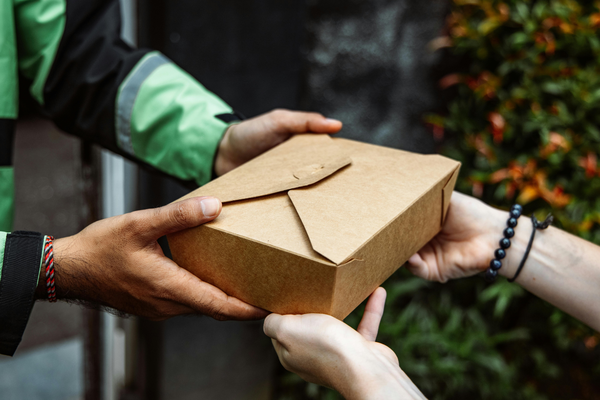Delivery remains a key revenue stream for the foodservice industry, yet more and more operators are pointing out a worrying trend: restaurants are paying the price for issues they didn’t cause.
As reported by Restaurant Business Online, many venues are being charged for refunds and disputes linked to missing or incorrect orders—even when the fault lies with the delivery driver or the platform itself.

Chargebacks and Fraud: The Hidden Side of Delivery
The problem stems from chargebacks, automatic refunds granted to customers when an order is reported as wrong or never delivered. While designed to protect consumers, these refunds often hit restaurants’ pockets.
Operators report losing between 2% and 3% of their total delivery sales to disputes of this kind—amounting to roughly 20% of their delivery profits. Sometimes, a few orders per night simply “disappear” after being picked up, leaving the restaurant responsible for the loss.
Shrinking Margins and Rising Frustration
Delivery was never a high-margin business, but these hidden costs make it even tighter. Between platform commissions, packaging, and promotional discounts, every refund eats further into profitability. On top of that, contesting a chargeback is often complex and time-consuming, with opaque procedures and little transparency. Independent restaurants, already operating with limited staff and resources, are the most exposed to this growing challenge.

A Question of Balance
The real issue isn’t the delivery model itself, but the imbalance of responsibility. While delivery platforms control the transaction, customer relationship, and data, restaurants are left to ensure product quality—and absorb financial losses when things go wrong. A sustainable delivery ecosystem requires shared accountability, fairer refund policies, and clearer communication between restaurants and platforms.

Rethinking the Off-Premise Strategy
For the Horeca industry, delivery has evolved from a convenience into a strategic decision. Many operators are exploring alternatives such as in-house delivery, independent apps, or click & collect models to regain control and protect their margins.
Delivery remains essential to reaching new audiences, but it demands a more conscious approach—built on transparency, fair partnerships, and accurate cost analysis.
PUBLICATION
06/11/2025
















